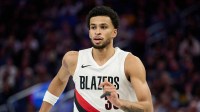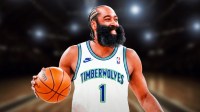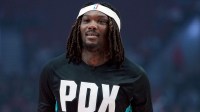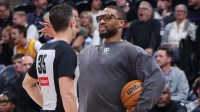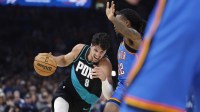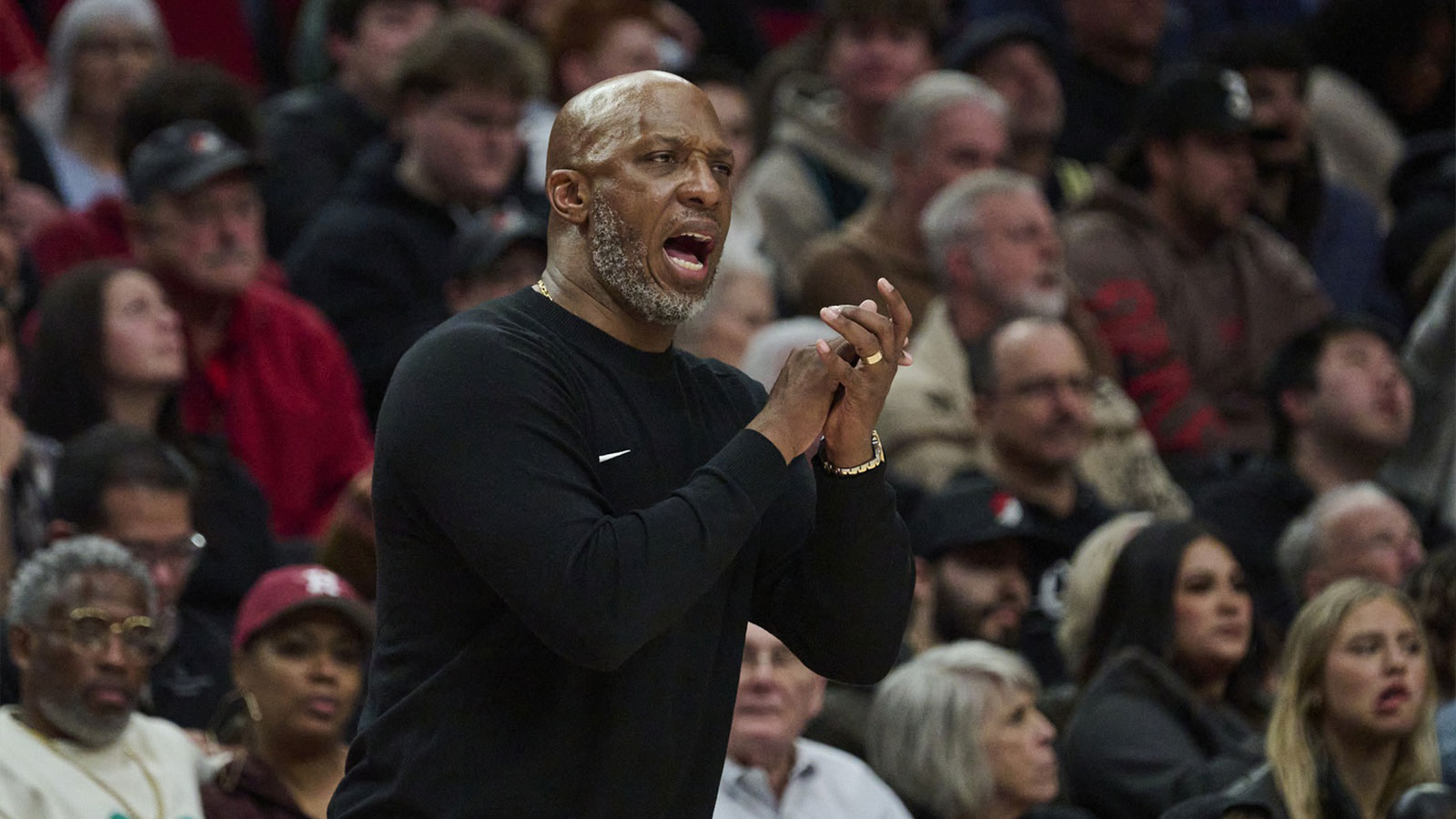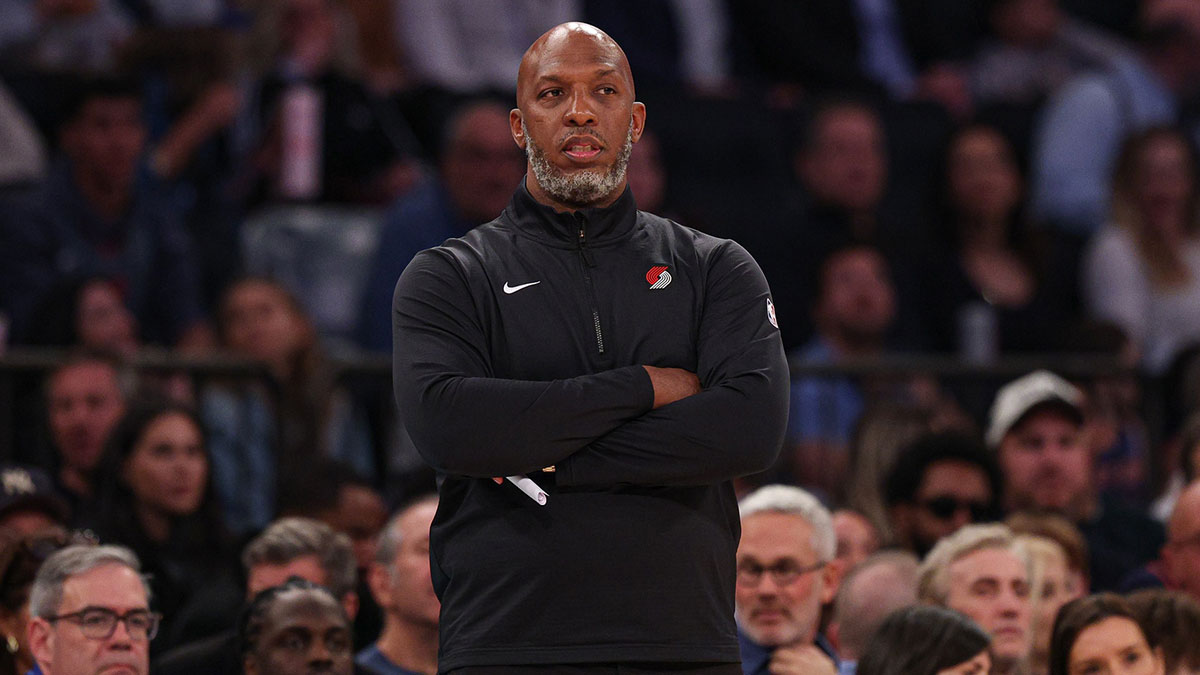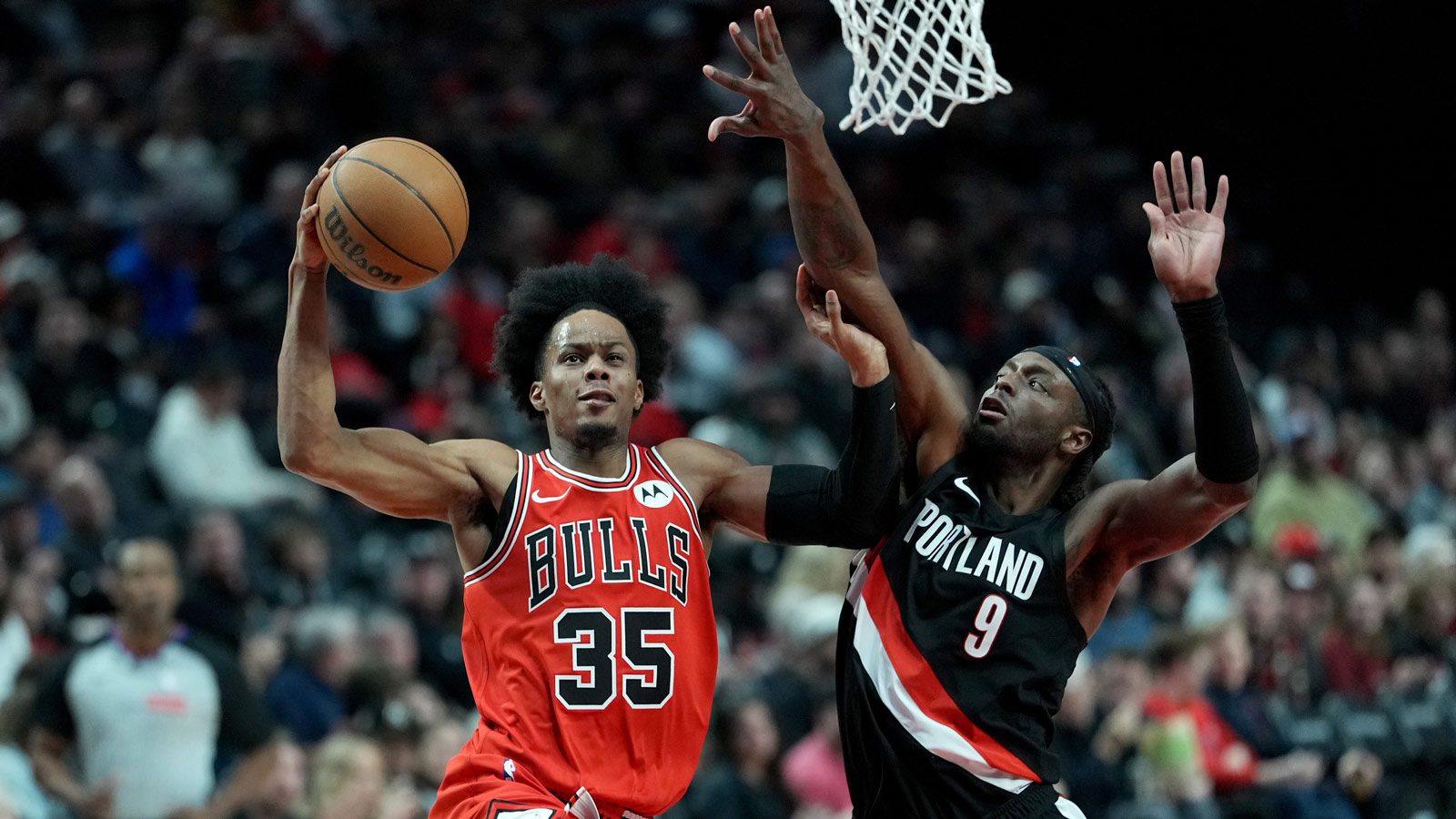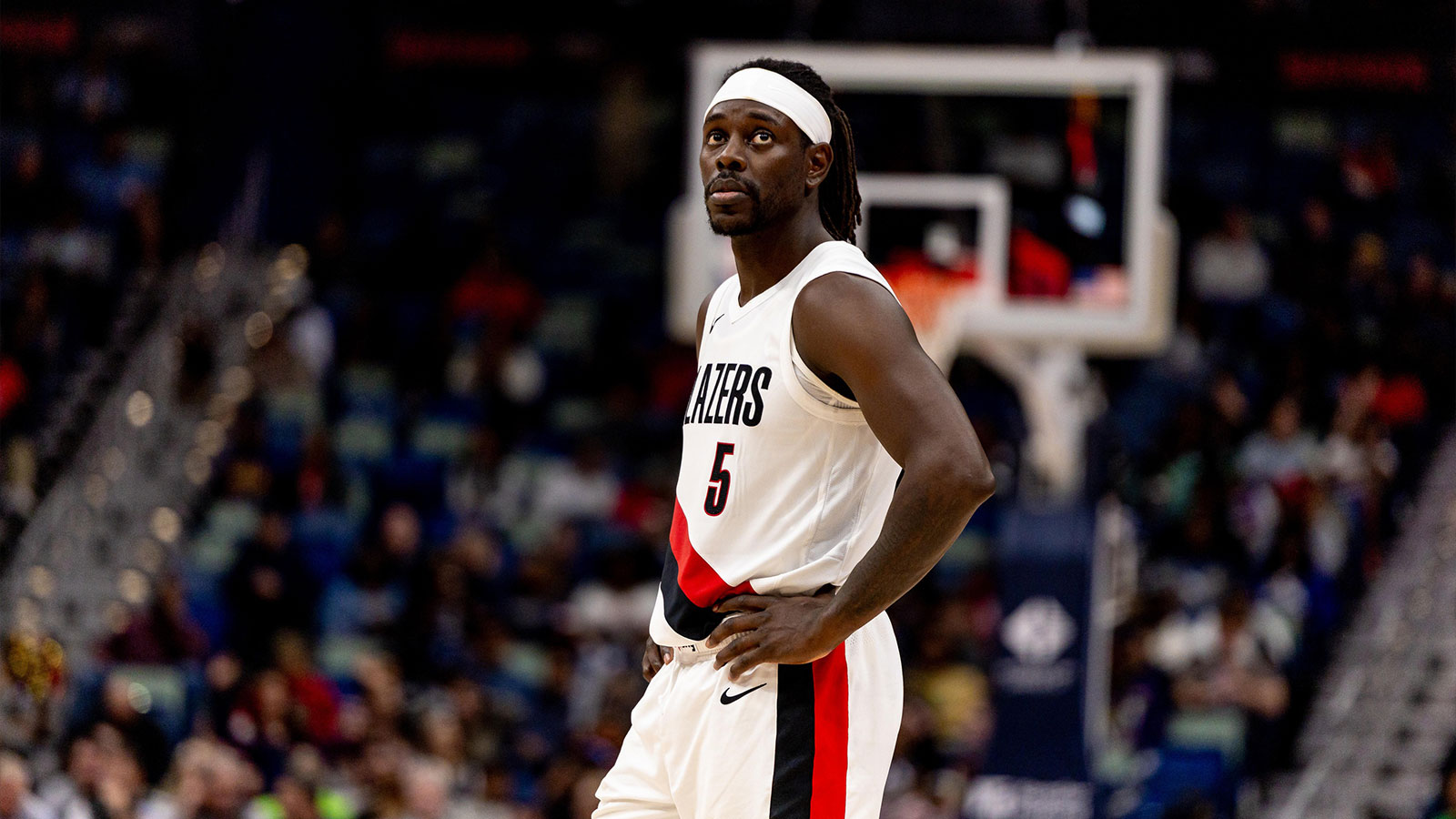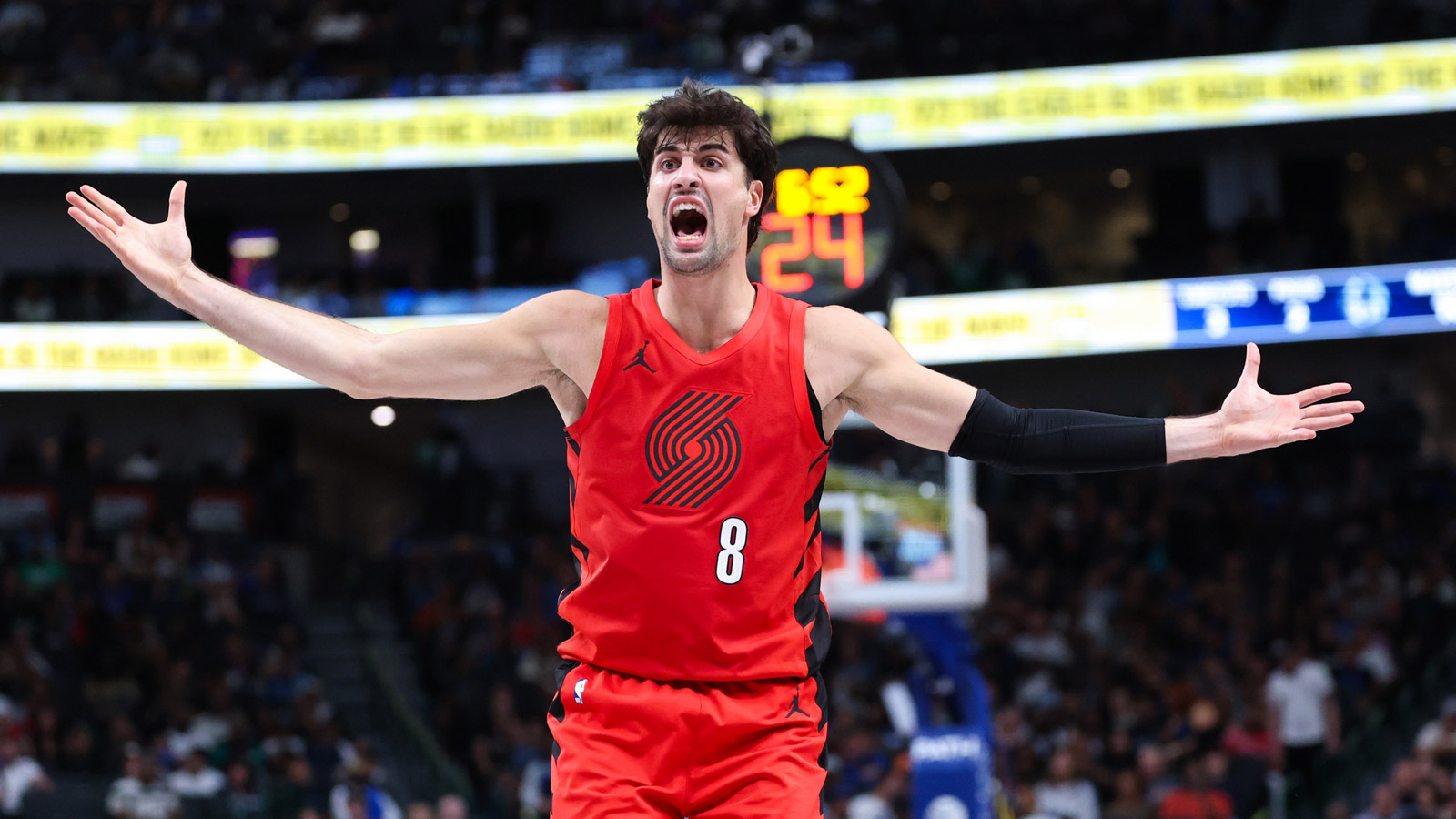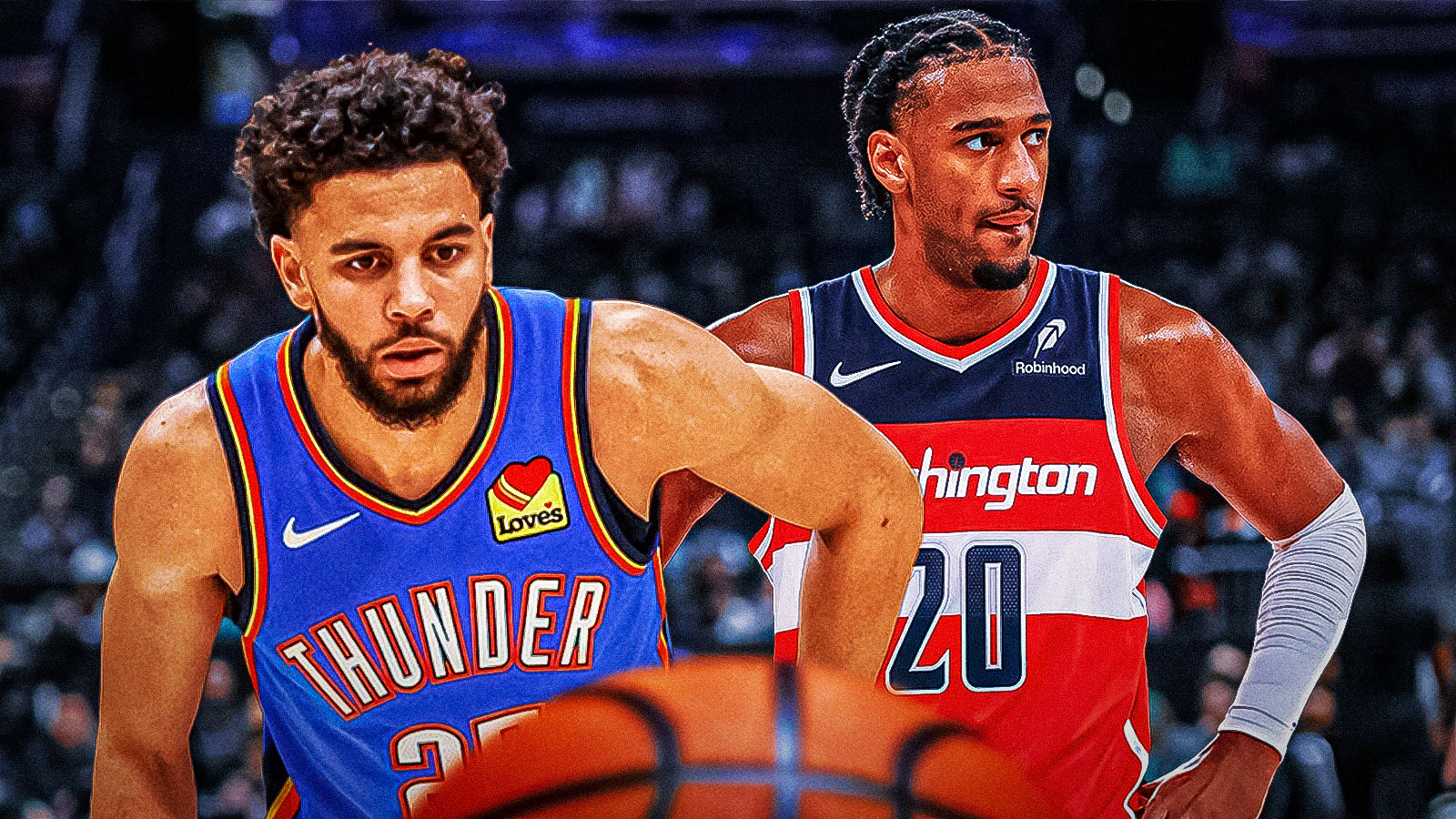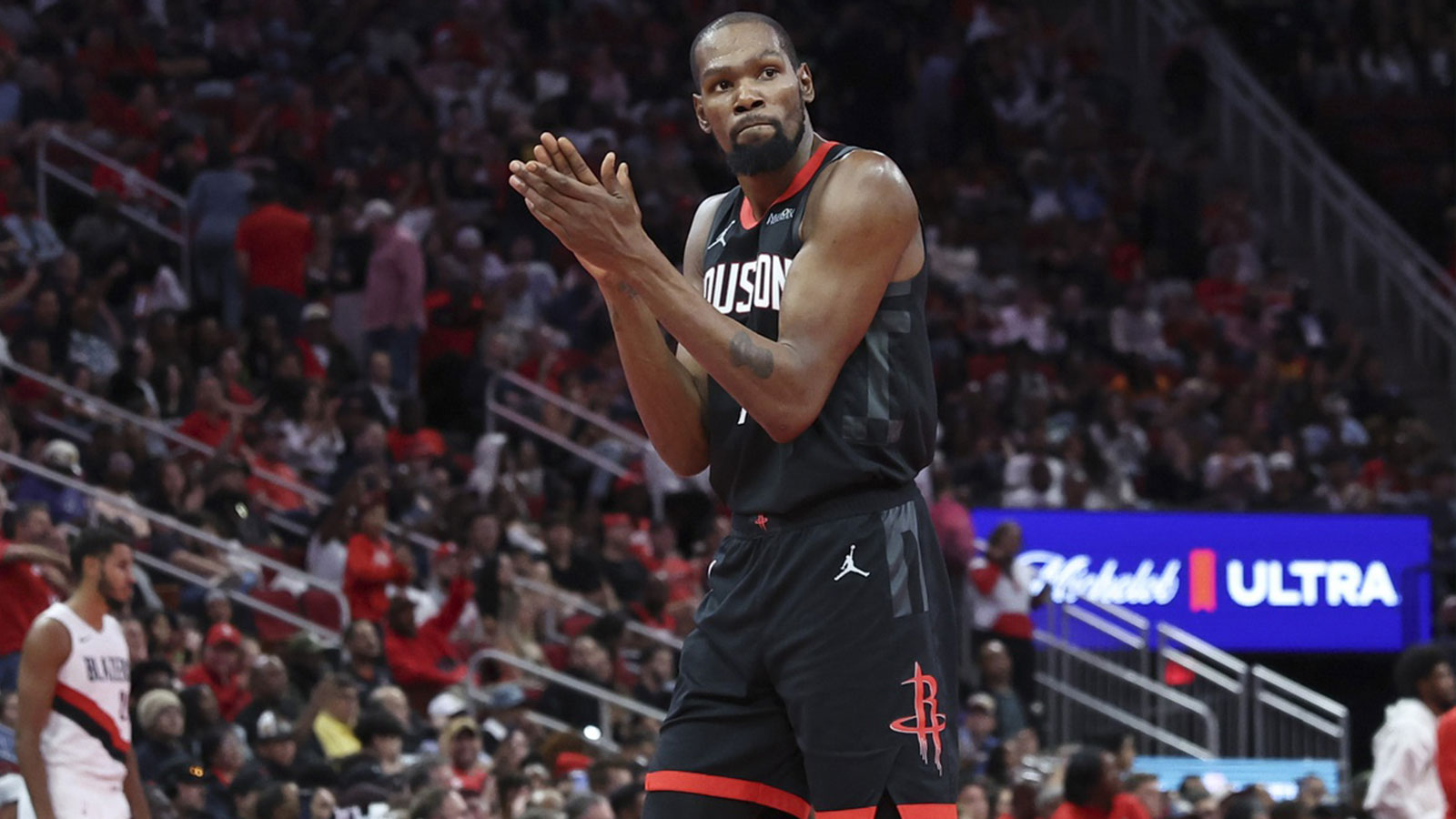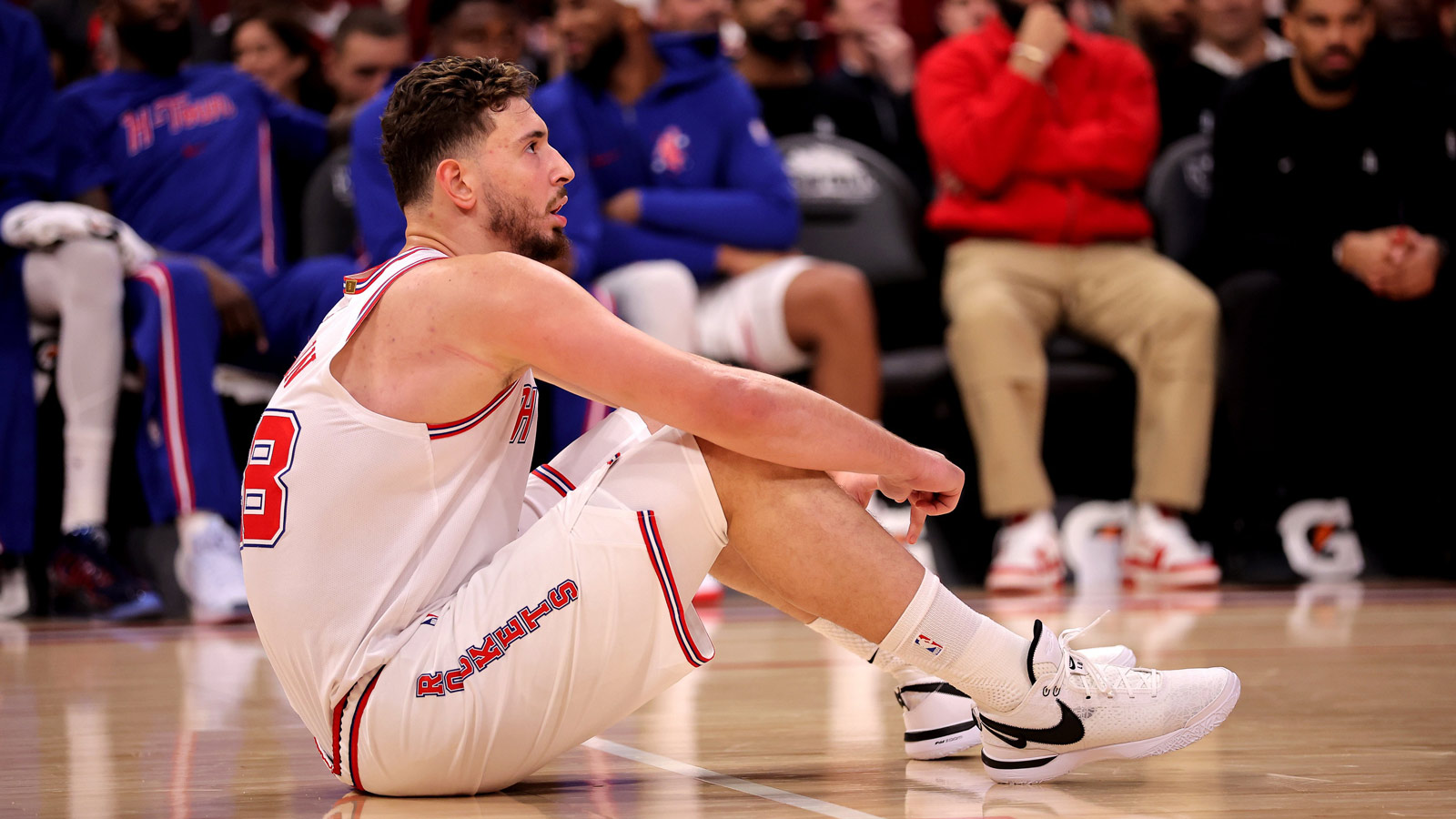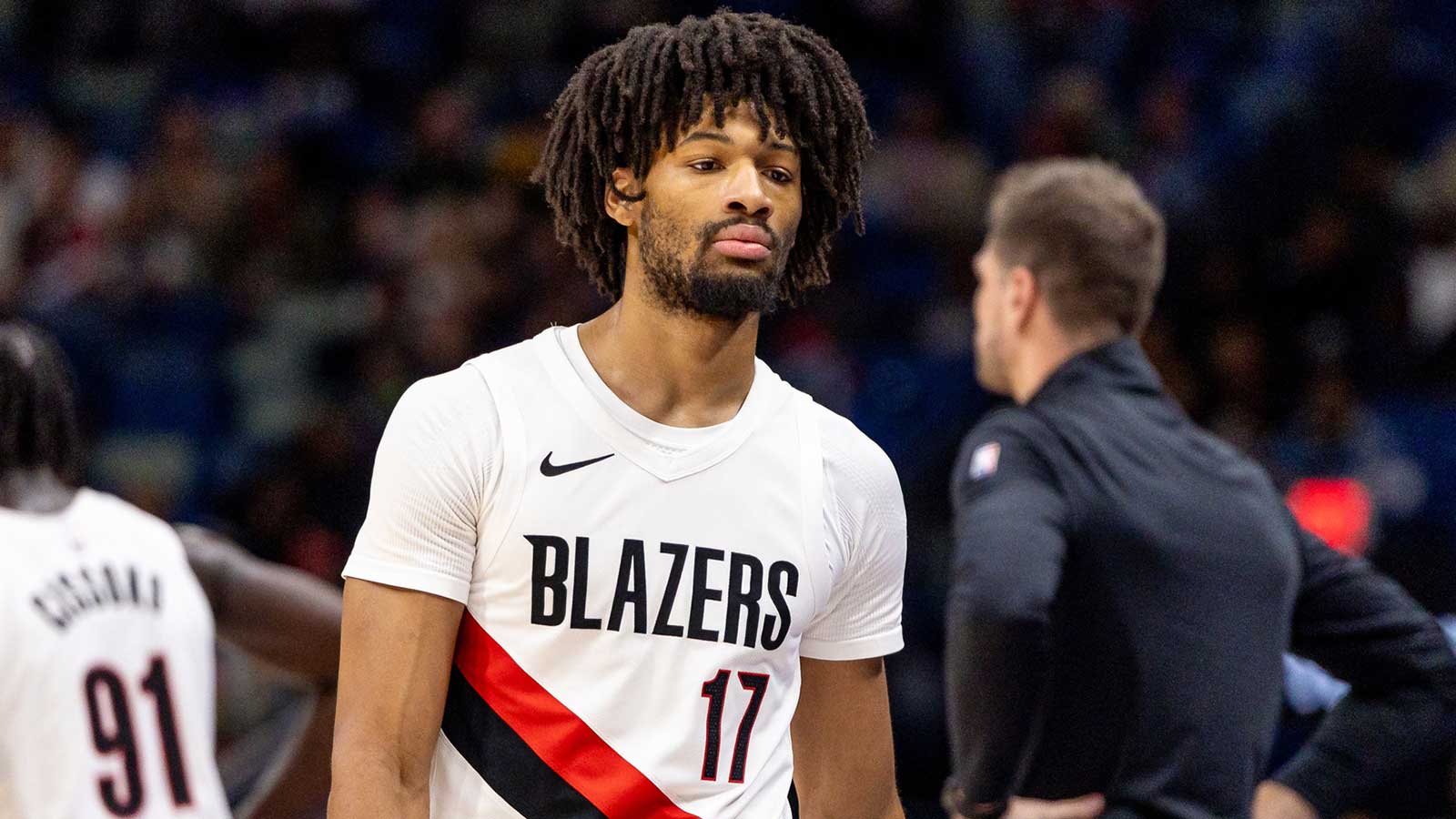Between winning a gold medal at the Tokyo Olympics, co-starring in a basketball blockbuster, releasing his fourth studio album and getting married to his longtime girlfriend, Damian Lillard didn't exactly have much downtime during another shortened offseason. Endless speculation about his suddenly uncertain future with the Portland Trail Blazers only made his summer more hectic.
In the past, Lillard almost certainly would have used palpable frustration gleaned from another disappointing playoff exit as fuel for his offseason training, schedule limitations be damned. Firmly on the other side of 30 and suffering ill-effects of a longstanding abdominal strain exacerbated in Japan, though, Lillard took a much different approach to his workout regimen in preparation for 2021-22. And even after just one practice with the revamped Blazers, he's already feeling the benefits.
“Usually, first day of camp like this, I would literally walk off the court and be like, ‘It’s back again,'” Lillard said of his core injury, per Jason Quick of The Athletic. “And I feel fine right now.”
Lillard added pilates to his training regimen this summer with the goal of strengthening his core muscles. While those specific injury-prevention exercises no doubt paid dividends, they hardly marked the first time he worked to avoid that abdominal pain eventually resurfacing. Lillard called it “normal” when the effects of his injury returned during a February win over the Orlando Magic last season, stressing he regularly engages in preventative exercises.
What's really made the difference for Lillard as the regular season dawns? The pair of extended stints he barely touched a basketball or broke a sweat this offseason. Lillard told The Athletic on Tuesday that he first took two-and-a-half weeks off this summer, followed by another 20 days away from training while he and his wife celebrated their nuptials—the most time off he'd taken since breaking his foot at Weber State over a decade ago.
No wonder the 31-year-old feels “fresh.”
“I’m not going to run myself into the ground,” Lillard said after Tuesday's practice. “I’m not 24 no more.”
An overlooked aspect of Portland's early-spring nadir last season was the substandard play of its superstar. Lillard almost single-handedly kept his team afloat when the Blazers were without C.J. McCollum and Jusuf Nurkic for two months, his penchant for late-game heroics breifly propelling him toward the front of the MVP race. But Portland sputtered to a 7-12 record from March 21st to April 25th despite the return of McCollum and Nurkic and the addition of Norman Powell, beset by a series of lingering injuries that left Lillard a shell of his normal self.
He averaged 22.6 points on ugly 51.8 percent true shooting over that stretch, clearly lacking his typical degrees of first-step burst and lift on his jumper—not surprising given the long list of injuries he detailed after a win over the Detroit Pistons on March 31st.
“Against New York I got kneed in my right knee,” Lillard said. “Then against OKC, at OKC, I got kneed in my left knee. It was like a bruise on both of my quad tendons…It was kind of limiting my movement, it was limiting how I dip into my jumpshot…I think the second game against Dallas, I got kneed in that same spot again…And then the Miami game, at the end of the game I got kneed in my right one again.”
What Lillard initially forgot to mention was a minor injury to his shooting hand, suffered after colliding with Steven Adams in a win two weeks before over the New Orleans Pelicans. He didn't harp on his ab strain, either; that's been built into Lillard's inevitable wear and tear from the regular-season grind for years.
Portland quickly righted the ship, of course, finishing last season on a 10-2 tear that lifted it from potential depths of the play-in tournament. That surge didn't end up mattering much; the Blazers were still exposed by Nikola Jokic and the short-handed Denver Nuggets in the first round of the playoffs.
But it's still no coincidence that Portland's much-improved play, when the team needed it most, came as Lillard finally started to feel healthy again. He entered the postseason “feeling much better” than he had in prior years, backing up that optimism by averaging 34.3 points and 10.2 assists per game against Denver with a scorching 66.0 true shooting percentage.
Expecting that ridiculous blend of production and efficiency from Lillard on a nightly basis in 2021-22 is foolish. He's poised to spend more time off the ball in Chauncey Billups' movement-based offensive attack, leading to a lower usage rate likely to curb his box-score numbers compared to recent norms. Lillard, like all truly great players, also saves his best for the playoffs.
But any expectation Lillard could take a step back in wake of such a busy, controversial offseason seems even more imprudent. Not only is he fully committed to Portland for the time being, invigorated by the promise of a new coaching staff and an even more confident sense of self. Lillard is feeling as healthy as ever physically, too, buoyed by the realization of how to best manage his body during the latter half of his prime.
Lillard talked at Media Day about discussions he shared with USA Basketball brethren, both men and women, who've already experienced the glory of winning a title.
“I wanna have those same experiences,” he said, name-dropping NBA and WNBA champions from Draymond Green to Breanna Stewart. “I feel like it's gonna happen. I just do.”
Portland obviously won't win its first championship since 1977 without Lillard playing at his peak. Good thing for the Blazers, then, that his new approach to training and taking care of his body should allow an aging Lillard to reach it even more frequently.


